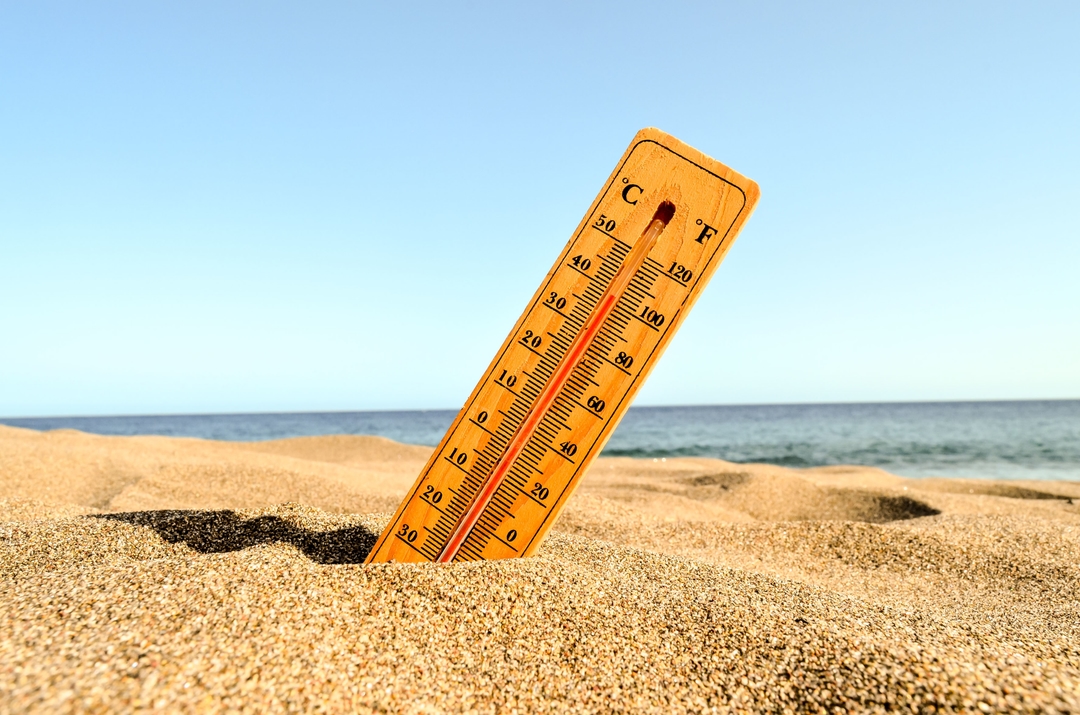
All you need to know about COPD
By Ujala Cygnus
Reviewed by : Jalaz Jain
December 1, 2020
What are obstructive lung diseases?
As the name suggests, any lung condition that obstructs the air flow causing trapping of air in the lungs is known as obstructive lung disease. There is premature closure of the airways at high lung volumes.
What are the lung conditions causing obstructive lung diseases?
Most commonly we have chronic bronchitis and emphysema and patients with asthma can later on develop COPD, the term bronchiectasis can also be included as it also causes obstruction of the airways, although less common. Let’s explore each condition individually.
Chronic Bronchitis (blue bloaters)
It usually occurs in middle/late life and the incidence is higher in males than females.
What happens in chronic bronchitis?
The inhaled irritants cause inflammation in the lungs, thereby causing hypersecretion of mucus by glands in the airways, excessive mucus production causes plugging by the mucus, leading to inflammation and thickening of the wall of the airway, known as bronchus and this leads to airflow obstruction.
SYMPTOMS
COUGH – In the beginning of the disease, cough is present in the winter months and in the mornings and as the disease progresses, the cough increases in frequency, severity and duration.
SPUTUM – Cough is associated with mucus which is more in the mornings due to bronchial secretions collecting overnight which can sometimes be blood tinged.
BREATHLESSNESS – It is sudden in nature and occurs to obstruction to the airflow and it can get worse due to infections and smoking.
SIGNS – wheezing, crackles and bluish discolouration due to low oxygen concentration in tissues, hence they are known as “blue bloaters”.
Patients are usually overweight.
What are the complications of chronic bronchitis?
Emphysema (Pink puffers)
This condition means inflation or distension with air. It involves dilatation of the terminal airways, known as alveoli and they can be dilated either uniformly or irregularly.
What happens in Emphysema ?
There is destruction of the walls of the alveoli causing unchecked inflammation and thereby dilatation and trapping.
CAUSES
SYMPTOMS
BREATHLESSNESS – This is the most striking feature that can eventually cause even breathlessness at rest, more than in chronic bronchitis.
COUGH – usually associated with sputum which is scanty and less than in chronic bronchitis.
WEIGHT LOSS
WEAKNESS
Physically, the patient appears distressed, has a barrel shaped chest and expires through pursed lips (like a puffer)
THERE IS NO BLUISH DISCOLOURATION OF SKIN
It is due to the above two reasons that they are known as pink puffers.
Complications of Emp hysema
PREVENTION
NOTE ON SMOKING
The best way to prevent COPD is to STOP SMOKING. Smoking damages the lung cells and also causes sluggishness of a structure called cilia which acts as a protective factor to the lungs by eliminating environmental pollutants and inhalants, smoking also causes constriction of the smooth muscles and increase in secretory glands which produce mucus, smoking not only causes COPD but famously causes lung cancer and a long list of other diseases, including hypertension, atherosclerosis etc.
OCCUPATIONAL – regular examination for people working in occupations at risk for COPD, make sure to talk to the supervisors and authorities and get protective equipment like masks etc, strict protocols must be followed and regulations and rules must be enforced to ensure good ergonomics.
AVOID USING BIOMASS , especially in rural areas, switch to gas stoves and electric stoves.
PREVENT LUNG INFECTIONS by maintaining good hygiene and getting regular flu vaccines, try to avoid overcrowding which is a risk factor for TB, avoid close contact with people who are coughing.
REGULAR EXERCISES AND good nutrition is a protective factor, reduction of weight in obese individuals is helpful in preventing chronic bronchitis.
AVOID POLLUTION – Although it is hard to practice, especially in urban areas.
CHEST PHYSIOTHERAPY where the patient is taught to drain secretions and breathing exercisescan help in symptomatic management.
Ensure to contact our doctors if you experience any of the above symptoms and try to visit the hospital as early as possible in order to avoid the complications caused by COPD and for prompt and effective treatment which can reduce the morbidity and mortality associated with it. It is important to not neglect any symptoms, especially if you’re high risk.
Loading...









